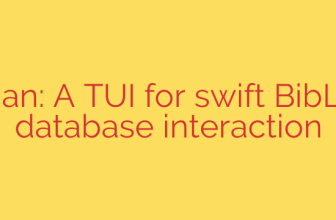
Building modern web applications often forces a choice between complex client-side frameworks for a Single Page Application (SPA) feel and traditional server-side rendering. Achieving the dynamism and smooth user experience associated with SPAs typically involves intricate JavaScript build processes, state management, and client-side routing.
However, there’s a powerful alternative that simplifies development while still delivering a responsive, modern user experience. This approach leverages the capabilities of HTMX to enable dynamic interactions directly from HTML attributes, shifting much of the complexity back to the server where it often belongs.
A particularly effective pattern emerging from this is the concept of serving your application primarily as static files. Imagine a scenario where your initial page load and subsequent full-page navigations are just standard HTML files served by any simple web server. This is incredibly fast and easy to deploy.
Where does the dynamism come from? This is where HTMX shines. When a user interacts with a part of the page – perhaps clicking a button, submitting a form segment, or scrolling – HTMX makes a request to your server in the background. The server responds with just the necessary HTML snippet to update a specific part of the page. HTMX then takes that HTML and seamlessly injects or swaps it into the designated area of the current page in the user’s browser.
This model allows you to achieve an SPA-like experience – where parts of the page update without full refreshes – without needing a heavyweight client-side framework. You avoid the complexities of client-side routing and state synchronization because the server dictates the content updates based on simple HTML interactions.
By relying on the browser’s built-in navigation for initial loads and using HTMX for targeted updates, you can build highly interactive applications that are deployed as easily as serving static files. This approach offers simplicity, performance, and a remarkably productive development flow for many types of web applications, making it a powerful alternative to traditional SPA architectures. It demonstrates that a smooth, dynamic web experience doesn’t require abandoning the fundamental principles of the web or resorting to overly complicated client-side setups.
Source: https://itnext.io/htmx-served-from-static-as-a-spa-5477a28d0a7f?source=rss—-5b301f10ddcd—4








